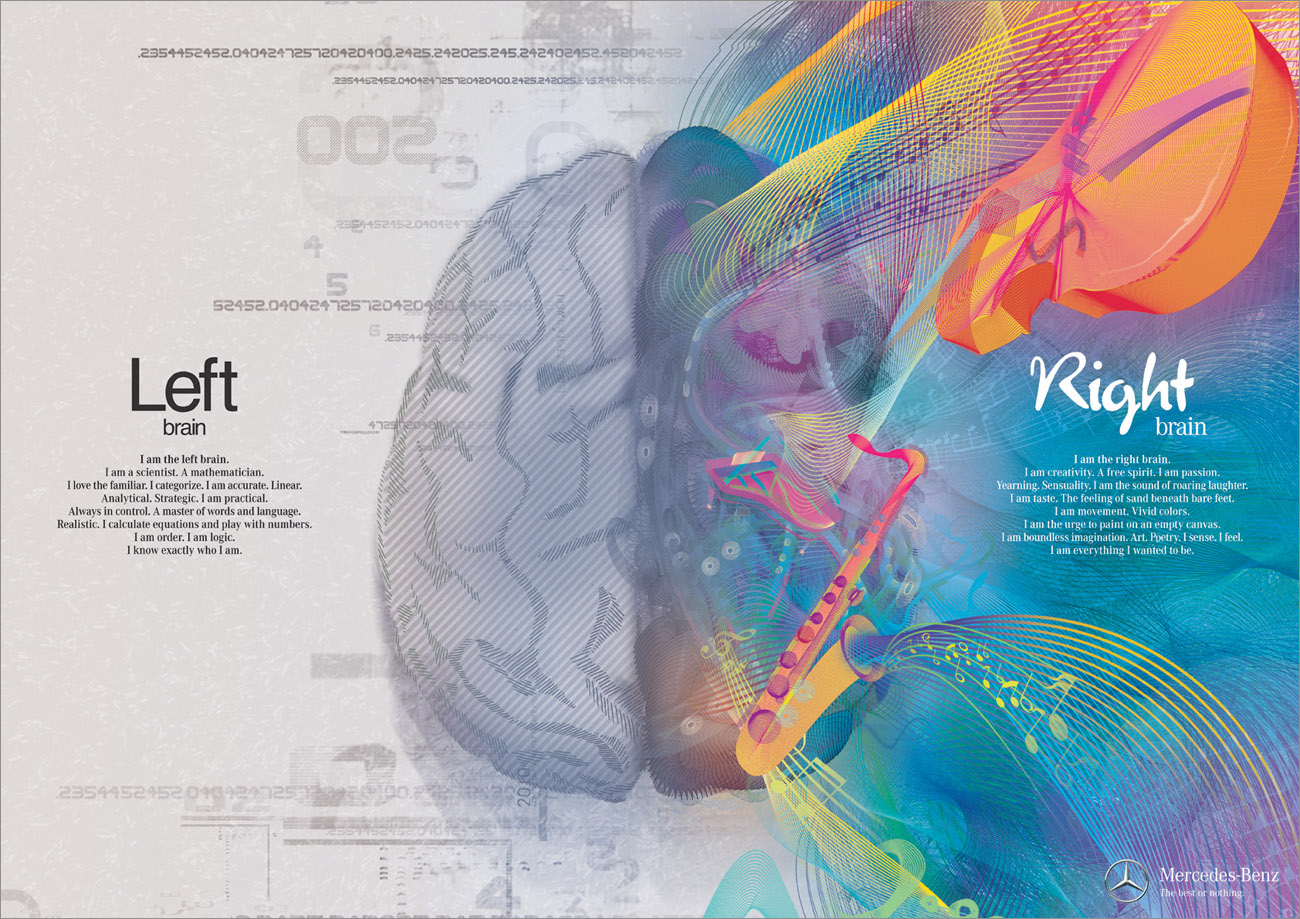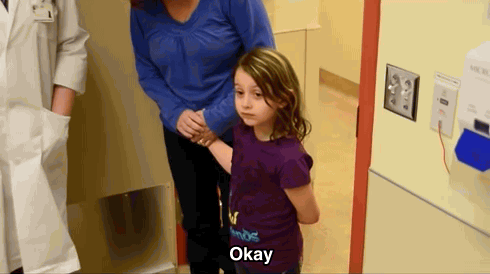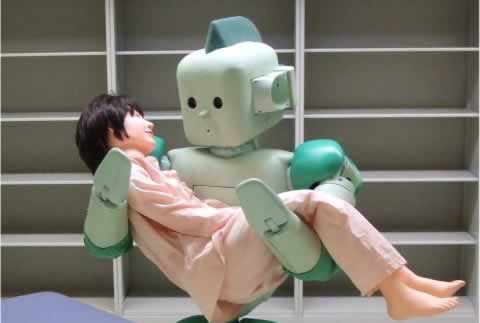 |
| Medicine now requires a scientific and artistic background |
The evolution of 3D printing is another example of how art has played its role in medical advancements. Scientists have been able to engineer hearing aids, and with the help of the artists (or artistic left brains), they have been able to specialize them to each individual patient. Even custom made casts can be created, and soon "we’ll be able to make organs from our own stem cells and replace them when needed, and all without the fear of rejection or lifelong dependence on harsh drugs" (Kotler).
Popular medical shows illustrate this evolution, including Grey's Anatomy, with 3D modeling and printing to help aid patients. The video clip above represents both the spectacle and awe that may come with such advancement.
 |
| Brain scans reveal harsh realities and a beauty of biofeedback |
Diane Gromola further highlights the unique way technology and art can really individualize treatment plans for patients, with computerized aids to help patients through biofeedback and meditation. Brain scans are analyzed carefully for their effects, but the grand mechanism behind what they illustrate is beautiful all in itself.
Biotechnology has been often viewed in a scientific lens, but its value comes both from its emphasis on art and science. The sensationalization of such advancements need not overshadow how modern machinery can change and improve medicine and the human body.
Works Cited
"Grey's Anatomy SE10x08: Meredith's New Printer." Online video clip. Youtube. Youtube, 19 Jul. 2014. Web. 23 Apr. 2015.
Gromola, Diane. "TEDxAmericanRiviera - Diane Gromala - Curative Powers of Wet, Raw Beauty." Online video clip. Youtube. Youtube, 07 Dec. 2011. Web. 23 Apr. 2015.
Kotler, Steven. "5 Medical Technologies Revolutionizing Healthcare." Forbes. 19 Dec. 2014. Web. 24 Apr. 2015.
Vesna, Victoria. "Medicine pt3." Online video clip. Youtube. Youtube, 22 Apr. 2012. Web. 24 Apr. 2015.








